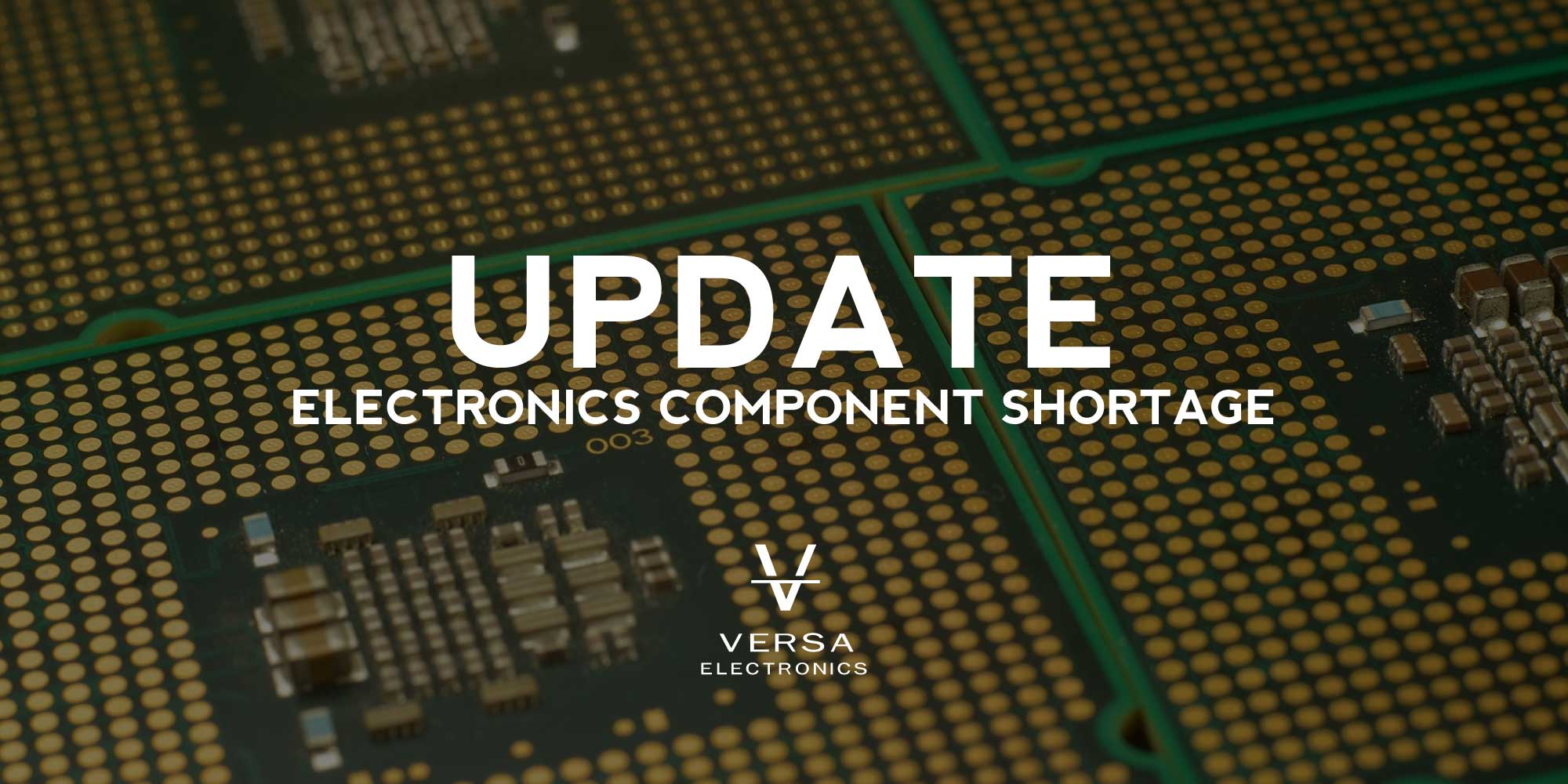Onshoring and Offshoring – What Do They Mean in Electronics Manufacturing?
With an increasingly globalized world, the business landscape has evolved significantly over the past decades, with companies constantly seeking ways to optimize their operations, increase profits, and fulfill consumer demand in real-time. Onshoring and offshoring, often associated with the electronics










